-
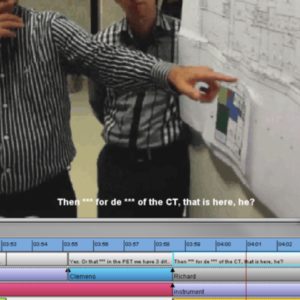
Video-based interaction analysis
Interaction analysis, as proposed by Jordan & Henderson (1995), is a research method rooted in the accumulated experiences of researchers at the Xerox PARC center and other places. This approach draws on various qualitative methodologies, including visual anthropology, conversational analysis, and ethnomethodology. It focuses on examining how individuals interact within their social and cultural contexts, […] - Jan 27, 2021 -
 Visual oxymoron is a graphic representation of a contradiction codesigned by those who face that contradiction in everyday life. In written language, an oxymoron is a figure of language that displays interconnected opposing ideas. A visual oxymoron displays the opposite forces of a contradiction in a single image. The representation can be made through visual […] - Jan 27, 2021
Visual oxymoron is a graphic representation of a contradiction codesigned by those who face that contradiction in everyday life. In written language, an oxymoron is a figure of language that displays interconnected opposing ideas. A visual oxymoron displays the opposite forces of a contradiction in a single image. The representation can be made through visual […] - Jan 27, 2021 -
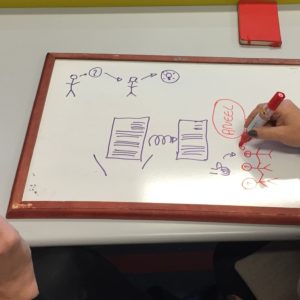 Visual dialogue is a hybrid between visual thinking, scribing, and dialogic action. In this process, ideas are expressed through simultaneous verbal and visual communication. Visual dialogue is a way of thinking and communicating that combines speech and drawing to help make abstract ideas more concrete. Often, when people start a conversation about a complex topic, […] - Jan 27, 2021
Visual dialogue is a hybrid between visual thinking, scribing, and dialogic action. In this process, ideas are expressed through simultaneous verbal and visual communication. Visual dialogue is a way of thinking and communicating that combines speech and drawing to help make abstract ideas more concrete. Often, when people start a conversation about a complex topic, […] - Jan 27, 2021 -
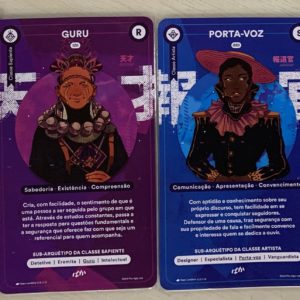
Existentialist advisory practice
When advising a thesis project, I begin by helping the student to locate the project within personal, professional, and societal development. I advise them to think about their projects as existential projects, as a way of becoming more than what they already are. We stumble upon the barriers to becoming more and question who else […] - Jan 27, 2021 -
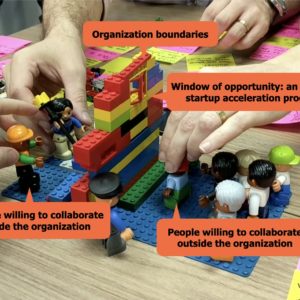 Germ cell model is a representation of a contradiction that is at the forefront of activity development. It features the dialectical reason why development is not advancing further as expected, and a possible path to overcome the barriers. Models are rather ambivalent in the way they represent contradictions, since they may not solve the contradiction. There […] - Jan 27, 2021
Germ cell model is a representation of a contradiction that is at the forefront of activity development. It features the dialectical reason why development is not advancing further as expected, and a possible path to overcome the barriers. Models are rather ambivalent in the way they represent contradictions, since they may not solve the contradiction. There […] - Jan 27, 2021 -
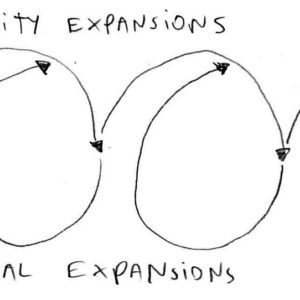 Formative Intervention is a method for studying concept formation inside organizations in moments of turmoil, confusion, or stagnation (Engeström, 2011). The interventionist researcher identifies the contradictions hindering organization development and presents them for discussion with the research participants. Typically, the researcher brings theoretical concepts from Cultural Historical Activity Theory (CHAT) to explain and analyze these […] - Jan 27, 2021
Formative Intervention is a method for studying concept formation inside organizations in moments of turmoil, confusion, or stagnation (Engeström, 2011). The interventionist researcher identifies the contradictions hindering organization development and presents them for discussion with the research participants. Typically, the researcher brings theoretical concepts from Cultural Historical Activity Theory (CHAT) to explain and analyze these […] - Jan 27, 2021 -
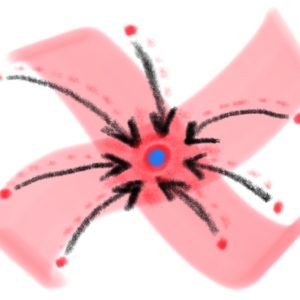
Decolonizing whatever-centered design
Centralization is a spatial practice used by human collectives for thousands of years. It started in the archaic definition of village leaders and evolved to world empires, including their corollary transnational companies. Centralization promises to better organize society through the gathering of resources and information generated in a vast territory in a small space: the […] - Jan 19, 2021 -
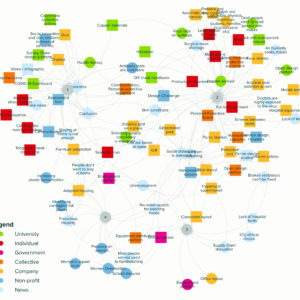
Controversial design space mapping
Design space mapping is widely used in cognition studies to trace ideation activity through a series of mental states. Controversial design space mapping expands this method with the friction generated by the clash of ideas coming from different minds. Each idea is classified as a problem (dark circle) or a solution (white square). A color […] - Jan 2, 2021
Frederick van Amstel
Design researcher & educator